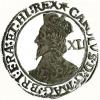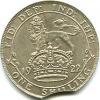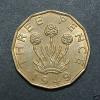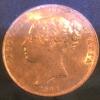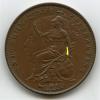Thing is, there were 4 Elias 288s on the list. So unless there is corroborative evidence that it is indeed ex-Elias, you can't use the provenance. In this case, Patrick Finn listed 4 pieces from St. Lo (506-509). The Elias sale (1990) had 3x Elias 288s (lots 417-419), but none of them were the same coins as on the list. So unless there is something else to indicate ex-Elias, I'd ignore it. Some of the Anglo Gallic coins noted in list 18 were ex-Elias, but all were referenced with the corresponding lot number, so can easily be checked.
 Coinpublications.com
Coinpublications.com
